The Philippines is made up of over 7,000 islands in Southeast Asia. It has three main regions
- Luzon
- Visayas
- Mindanao
The country is surrounded by the Pacific Ocean, the South China Sea, and the Celebes Sea. It features long coastlines, volcanic mountains, beautiful rice terraces, and rich coral waters.
This geography offers a variety of experiences, from busy cities like Manila and Cebu, to quiet islands like Palawan and Siargao and cool highland areas like Baguio and Sagada.
Because of its location near the equator, the Philippines doesn’t experience four distinct seasons- it has two main ones: dry (Amihan) and wet (Habagat), with a pleasantly cool transition in between.
Your travel experience can be completely different depending on when you go
- Visit during Amihan and you’ll get endless sunny days and calm waters- perfect for island hopping and beach lounging.
- Choose Habagat and you may face heavy rains and occasional typhoons, but you’ll also find lush landscapes and cheaper prices.
- Travel from December to February, and you’ll enjoy cooler, breezier weather and a lively festival season.
So, the best time to visit the Philippines is from November to May during the dry season (Amihan). This season has sunny skies, calm seas, and warm temperatures from 24°C to 34°C. If you prefer cooler weather, visit from December to February. This period is ideal for city tours, mountain hikes, and festivals such as Sinulog and Ati-Atihan. Budget travellers should also consider the shoulder months of May and November for lower prices and fewer crowds.
In this guide, we’ll break down the weather, activities, and festivals for each season, share a month-by-month weather table, and give you smart budget tips so you can plan the perfect Philippine adventure.
| Month | Avg. Temp in °C | Rainfall |
| January | 24 to 30 | Low |
| February | 24 to 31 | Low |
| March | 25 to 32 | Low to Moderate |
| April | 26 to 34 | Low |
| May | 26 to 34 | Moderate |
| June | 26 to 33 | High |
| July | 25 to 32 | High |
| August | 25 to 32 | High |
| September | 25 to 32 | High |
| October | 25 to 32 | Moderate |
| November | 24 to 31 | Low |
| December | 24 to 31 | Low |
Okay, from the table above, I hope you have gained a quick snapshot of the annual temperature. Now, let’s learn about the weather, activities, and festivals to attend each season.
Amihan: The Dry Season (November- May)
Before finalising your trip during the Amihan season, it’s important to understand the weather, discover activities you can enjoy, and learn about the festivals you can attend to make your trip more memorable.
Weather during the Dry Season
Average temperatures- 24°C and 34°C
Amihan, or the dry season, is hands-down the best time to visit the Philippines. This period runs from November to May and is marked by clear blue skies, low humidity, and calm seas.
January and February are slightly cooler, and April is the hottest. The air feels crisp and breezy in the early months, making this the most comfortable time for outdoor activities. The sea is usually calm, which is ideal for island-hopping tours, snorkelling, and diving trips.
Visually, the Philippines looks its most stunning during Amihan, with bright turquoise waters, golden sunsets, and lush green palm trees swaying under cloudless skies. If you’re after postcard-perfect scenery, this is the season to go.
Top Things to Do in the Dry Season
Island Hopping and Beach Days
Explore iconic islands like
- Palawan’s El Nido
- Coron
- Boracay’s White Beach
- Bohol’s Panglao Island
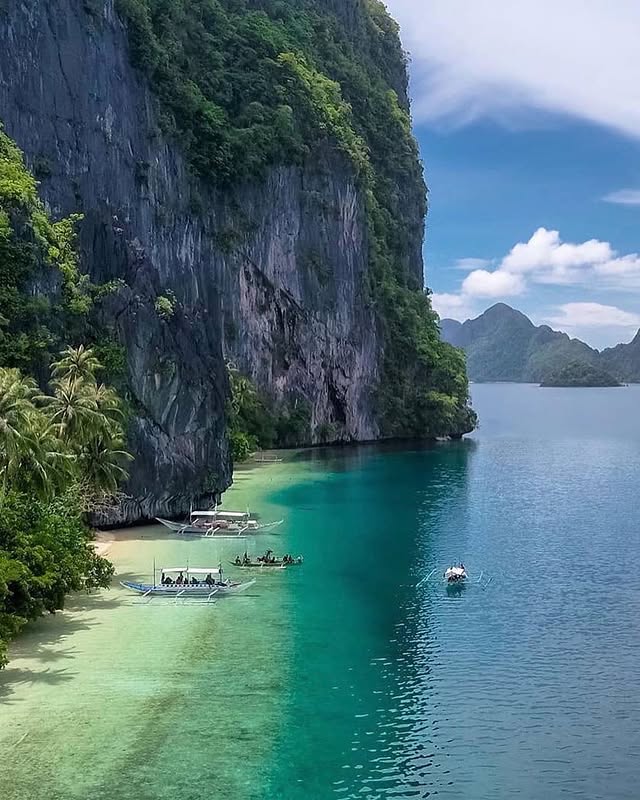
Tip: Enjoy glassy waters perfect for snorkelling, kayaking, and stand-up paddleboarding.
Diving & Snorkelling
The dry season offers the best visibility for diving. Don’t miss-
- Tubbataha Reefs Natural Park (open only March- June)
- Apo Reef
- Malapascua (famous for thresher sharks).
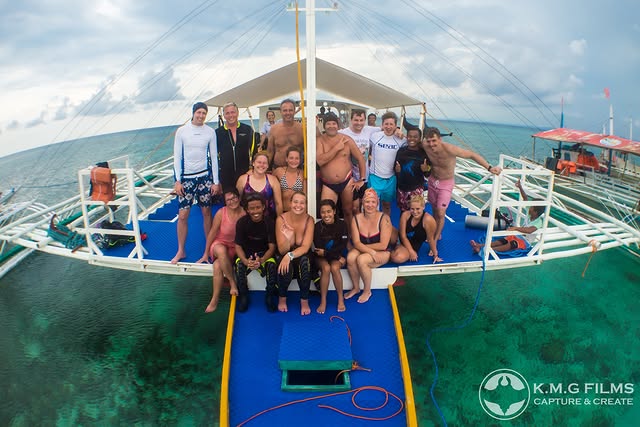
Hiking & Volcano Treks
- Climbing Mt. Pulag for a sea of clouds
- Trek Mt. Pinatubo to see its crater lake
- Explore Mt. Apo, the country’s highest peak.
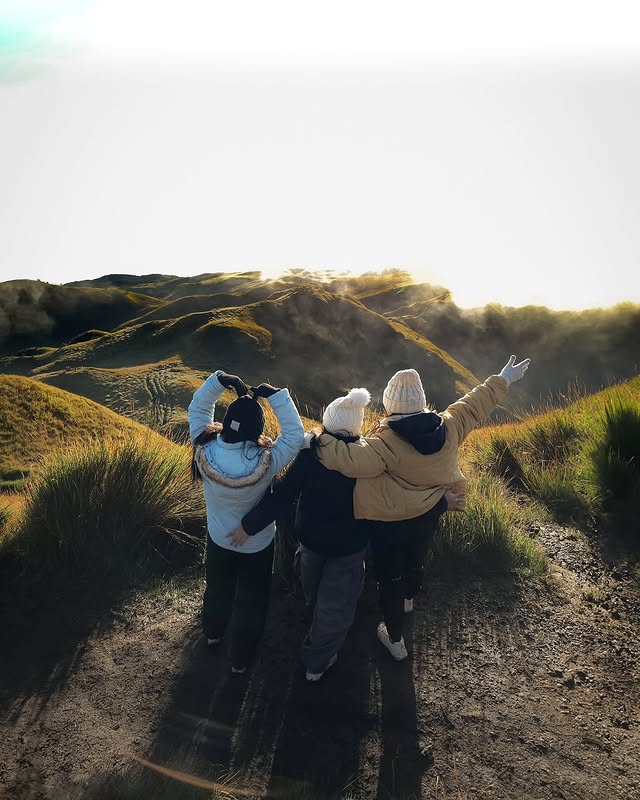
City & Cultural Tours
- Stroll through Intramuros in Manila
- Visit Vigan’s Spanish-era streets
- Explore Cebu’s historic sites without worrying about rain.
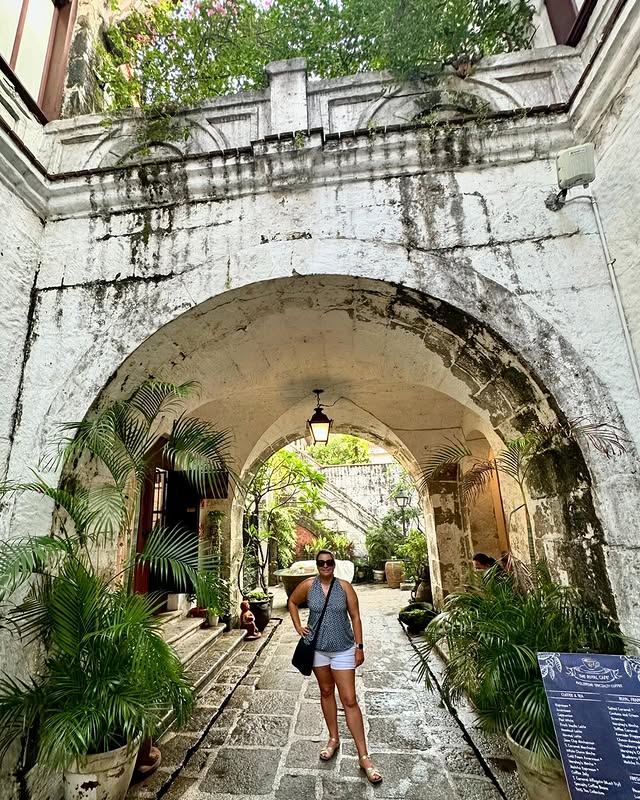
Water Adventures
- Go canyoneering in Kawasan Falls (Cebu)
- Try whitewater rafting in Cagayan de Oro
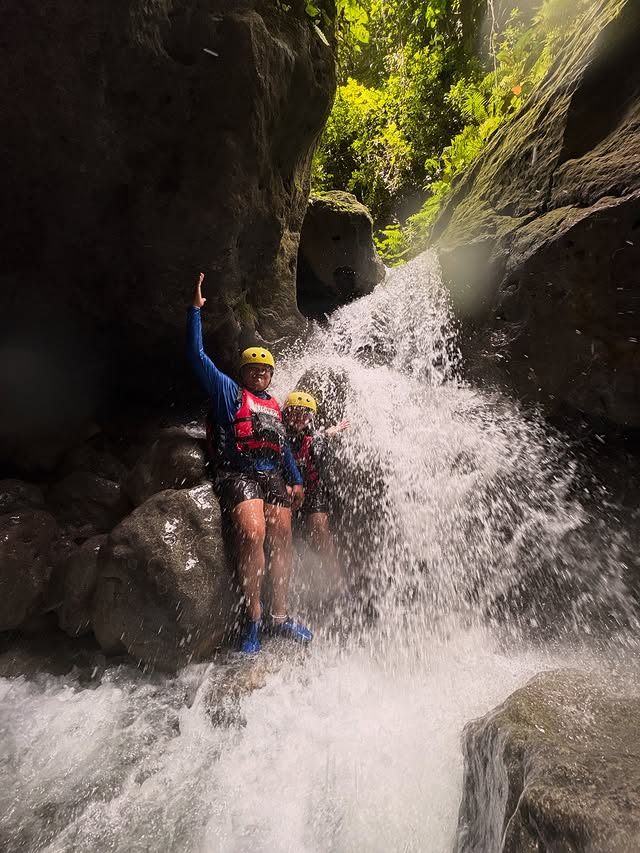
Festivals to Attend During the Dry Season
The dry season in the Philippines is also festival season, making it an ideal time to experience the country’s vibrant culture.
Sinulog Festival, Cebu (January)
It is a lively street dance festival honouring the Santo Niño (Child Jesus). You can see colourful parades, music, and parties across Cebu City.
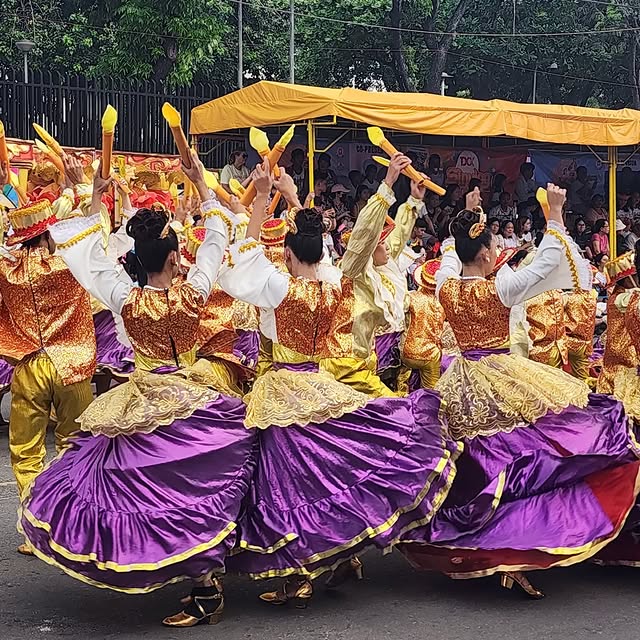
Ati-Atihan Festival, Kalibo, Aklan (January)
Known as the “Mother of All Philippine Festivals,” this celebration features traditional tribal dancing, elaborate costumes, and colourful processions.
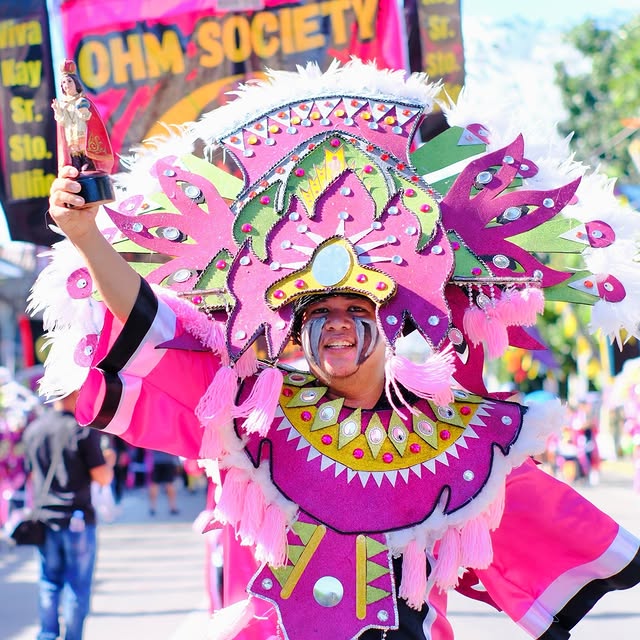
Dinagyang Festival, Iloilo (January)
Another grand festival in honour of Santo Niño, with dramatic performances and street dancing.
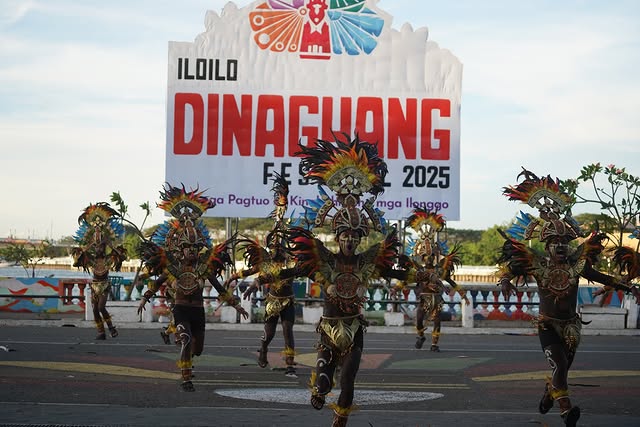
Panagbenga Festival, Baguio (February)
Also called the Flower Festival, this event fills Baguio with floral floats, street dancing, and cultural shows.
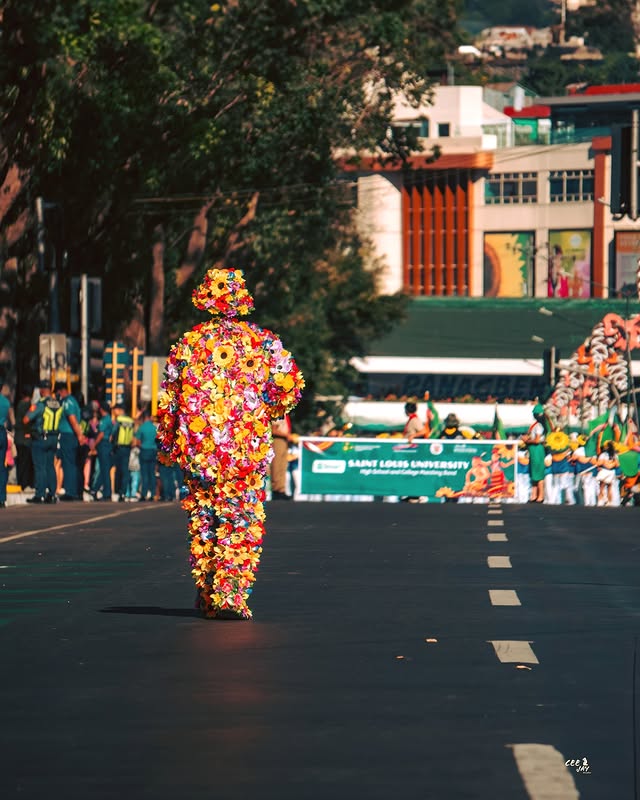
Moriones Festival, Marinduque (Holy Week)
A unique festival where locals dress as Roman soldiers, reenacting the story of Longinus.
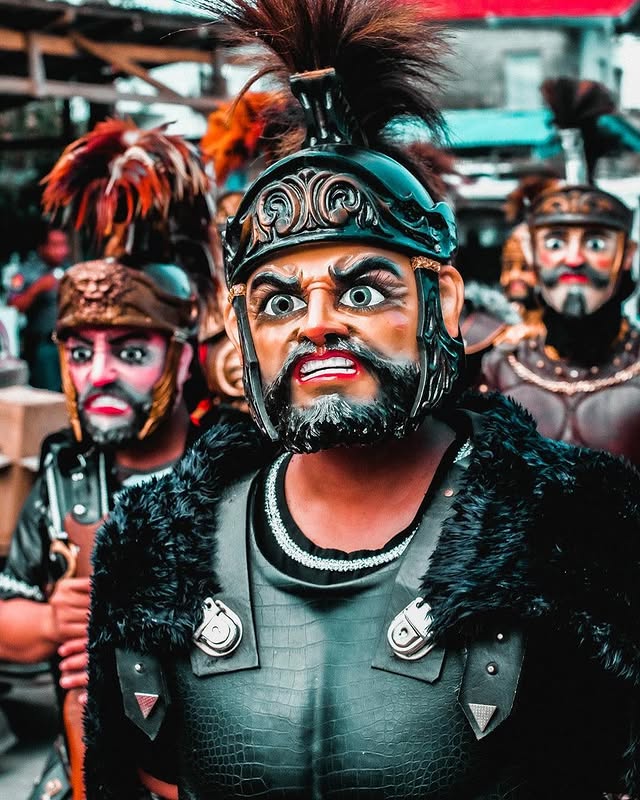
With so many festivals packed into the season, you can easily plan your trip around one for a truly immersive experience.
Habagat: The Wet Season (June- October)
Learn about the weather, things to do and festivals to attend during the Wet Season in the Philippines-
Weather During the Wet Season
Temperatures range- 25°C to 33°C
The wet season, called Habagat, lasts from June to October. During this time, expect regular afternoon rain, high humidity, and occasional typhoons. It feels warm, but be prepared for short, heavy rain, especially in July and August.
The Philippines during this season is a beautiful sight, lush and green. Rice terraces, mountains, and forests turn a vivid green, and waterfalls are at their most powerful.
However, seas can get rough, and ferry or flight schedules are sometimes disrupted by storms, so flexibility is key.
Things to Do in the Wet Season
Just because it rains doesn’t mean you can’t enjoy your trip- in fact, there are plenty of activities perfect for this time:
Surfing Season Kicks In
- Head to Siargao, the Surfing Capital of the Philippines, from August to November for massive waves and international surf competitions.
- Beginners can also find surf-friendly breaks in La Union and Baler, which are less crowded during this time.

Waterfall Chasing
- Heavy rains mean waterfalls are in full flow- visit Kawasan Falls (Cebu), Tinuy-an Falls (Surigao del Sur), or Maria Cristina Falls (Iligan).
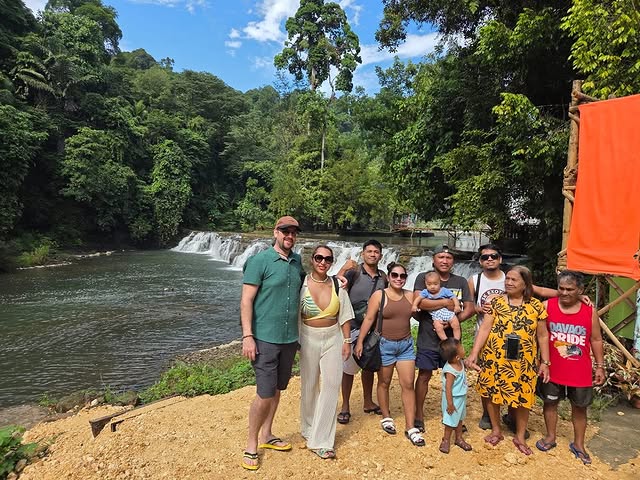
Indoor & Cultural Activities
- Explore museums and art galleries in Manila, Cebu, or Davao.
- Take a cooking class or food tour- rainy days are perfect for savouring Filipino comfort food like adobo, sinigang, and halo-halo.

Budget Island Getaways
- If you don’t mind the occasional rain, you can snag cheaper flights and hotel rates to Boracay, Palawan, or Bohol during this time.
Festivals to Attend During the Wet Season
While the wet season is quieter on the festival front, there are still some colourful celebrations worth catching
Kadayawan Festival, Davao (August)
A harvest festival celebrating the city’s bountiful produce with floral floats, street dancing, and food fairs.
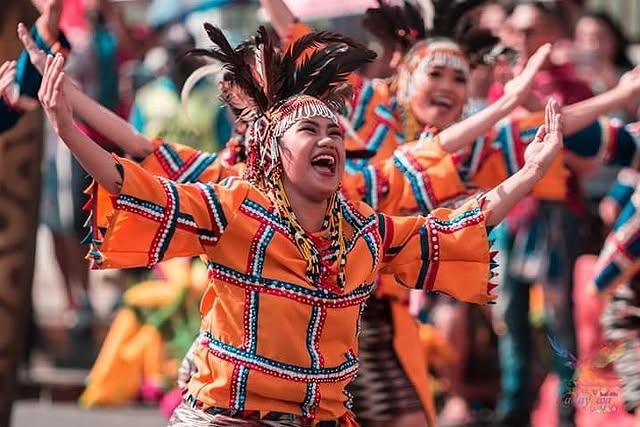
Penafrancia Festival, Naga City (September)
A grand fluvial procession honouring Our Lady of Peñafrancia, drawing thousands of pilgrims every year.
Ibalong Festival, Legazpi (August)
A cultural festival based on the Bicol region’s epic tale, featuring warriors in costume, parades, and street dances.
Why Travel in the Wet Season?
If you’re flexible, the wet season can be a surprisingly good time to visit:
- You can find lower prices for flights and accommodation.
- With fewer tourists, you can enjoy popular sites in a more relaxed and private way.
- The landscapes are greener and more photogenic, which is perfect for nature lovers and photographers.
Cool Season (December- February)
The cool season in the Philippines, running from December to February, offers perfect weather for exploration, festivals and outdoor activities. So, check out the things you can do during this time-
Weather During the Cool Season
The cool season overlaps with the dry season but offers a special bonus- refreshing breezes and slightly lower humidity. Running from December to February, this period is considered the most comfortable time to travel.
Temperatures range from 23°C to 30°C, making it perfect for long days exploring cities, hiking, or lounging on the beach without overheating. Nights can be a little cooler, especially in Baguio, Sagada, and Tagaytay, so pack a light jacket if you’re heading to the mountains.
Visually, the Philippines feels extra lively and festive. Streets are decorated with colourful lanterns (parols), shopping malls play Christmas music, and popular destinations buzz with energy.
Things to Do in the Cool Season
Celebrate Christmas & New Year
- Experience the world’s longest Christmas season- decorations start appearing as early as September!
- Visit the Giant Lantern Festival in San Fernando, Pampanga, or join New Year celebrations at Manila Bay with fireworks lighting up the sky.
Mountain Getaways
- Escape to cooler highlands like Baguio (the “Summer Capital”), Sagada (for caves and hanging coffins), or Bukidnon for scenic views.
Perfect Beach Weather
- Enjoy sunny, breezy days in Boracay, Siargao, Palawan, or Bohol without the extreme heat of March and April.
Outdoor Adventures
- Hike Mt. Pulag for a sea of clouds or trek through the Banaue Rice Terraces under pleasant weather conditions.
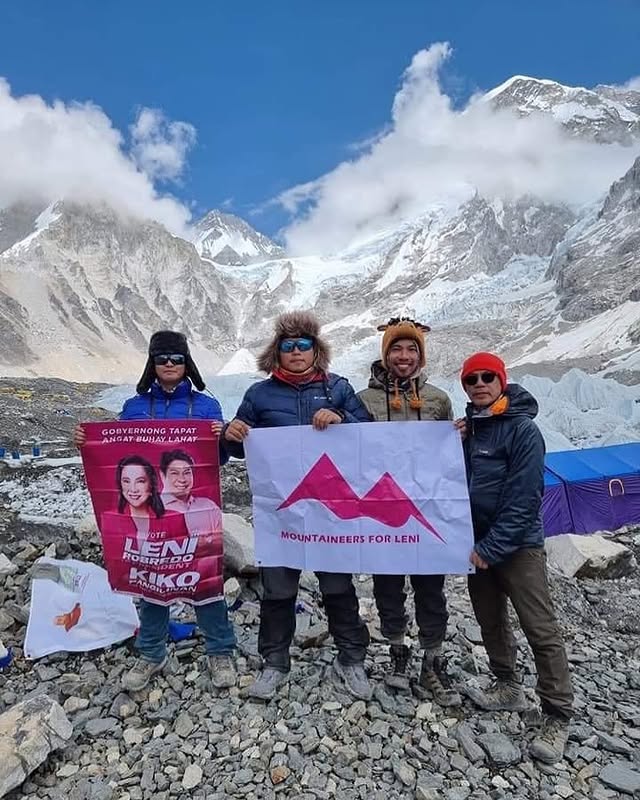
Festivals to Attend During the Cool Season
This is peak festival season, so it’s a fantastic time to dive into Filipino culture:
Sinulog Festival, Cebu (January)
One of the Philippines’ biggest festivals, featuring grand street parades, colourful costumes, and lively music.
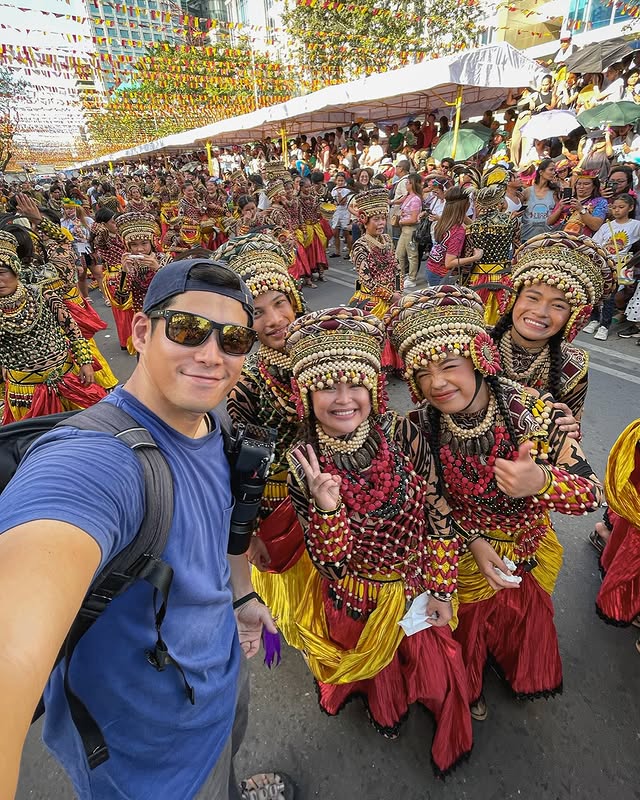
Ati-Atihan Festival, Kalibo (January)
Often called the “Mother of All Festivals,” this event mixes tribal dancing, costumes, and religious devotion.
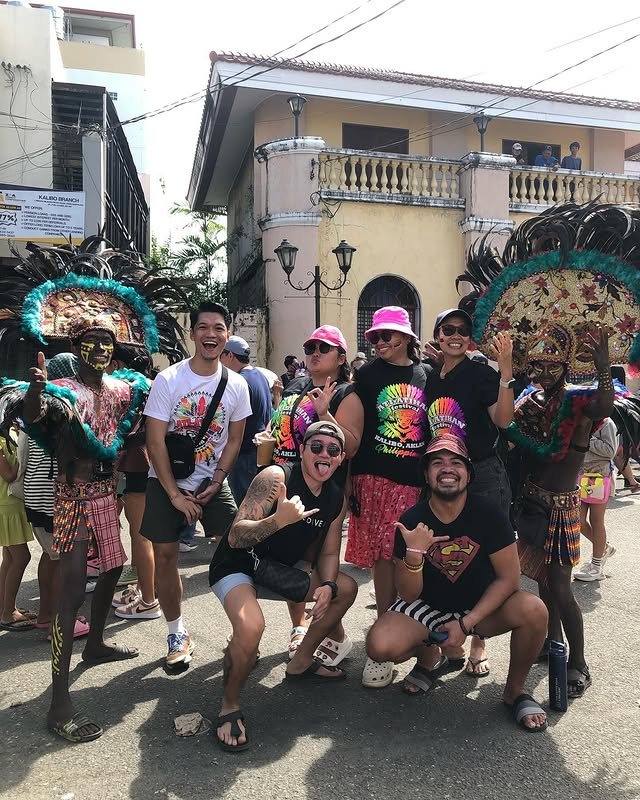
Panagbenga Festival, Baguio (February)
The Flower Festival, where streets come alive with flower-filled floats and dancers in floral costumes.
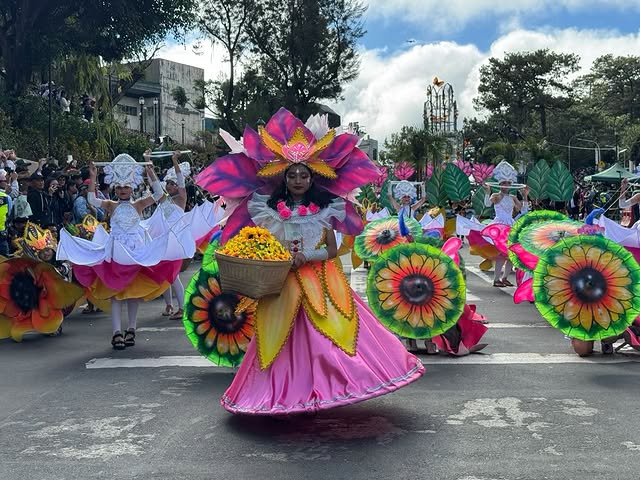
Christmas & New Year Events (December)
Experience Misa de Gallo (Simbang Gabi) dawn masses, giant lantern competitions, and festive family gatherings all over the country.
Why Travel in the Cool Season?
- The weather is great for going to the beach or exploring the city.
- There’s a festive mood with Christmas lights, parties, and parades.
- It’s the busy season, which is perfect if you enjoy lively places and social activities.
Just be sure to book flights and hotels well in advance, as December to February is the busiest period for both local and international tourists.
Budget Travel Tips for the Philippines
Travelling to the Philippines doesn’t have to break the bank. With a little planning, you can enjoy paradise on a budget while still making the most of your trip. Here are some tried-and-tested tips:
Book Flights Early
- International flights are cheapest if booked at least 2-3 months in advance, especially if you’re travelling in December or April.
- Use flight comparison sites and set fare alerts- airlines like Cebu Pacific and AirAsia often run seat sales with fares that are low.
Choose Budget-Friendly Stays
- Consider hostels, guesthouses, and homestays; many have private rooms at a fraction of hotel prices.
- Book early during peak months (December–April) to lock in lower rates.
Eat Like a Local
- Skip touristy restaurants and try carinderias (local eateries) or paluto markets where you pick fresh seafood and have it cooked on-site.
- Street food is cheap, tasty, and part of the cultural experience- try kwek-kwek, banana cue, or taho.
Travel Smart
- Use jeepneys, tricycles, and ferries for short distances to save money.
- Overnight ferries or buses can help you save on accommodation.
Plan Around Free Attractions
- Many beaches and waterfalls are free or charge a minimal entrance fee.
- Public festivals, parades, and cultural shows are open to everyone and cost nothing.
Conclusion
The best time to visit the Philippines depends on what you want to do. For most travellers, the dry season from November to May is perfect for sunny days, calm seas, and exciting island adventures.
- If you prefer cooler weather and want to enjoy lively celebrations, visit between December and February to experience the country’s biggest festivals.
- For budget-conscious travellers, May and November are great months to visit. They offer good weather and lower prices.
- The rainy season can also be a good time, providing beautiful scenery and quiet, crowd-free places.
No matter when you go, the Philippines offers a warm welcome, beautiful landscapes, and experiences that will stay with you forever.
Ready to Plan Your Trip? Start mapping out your Philippines itinerary today! Explore our destination and Visa guides, island-hopping tips, trip cost, and budget travel hacks to make the most of your Philippine adventure.
Frequently Asked Questions on the Best Time to Visit the Philippines
What is the best month to visit the Philippines?
The best month to visit the Philippines is January. It offers sunny, cool weather, calm seas, and lively festivals like Sinulog and Ati-Atihan, perfect for beach trips and cultural experiences.
Which months are the rainy season in the Philippines?
The rainy season in the Philippines runs from June to October, with July and August seeing the heaviest rainfall and occasional typhoons.
What is the cheapest month to fly to the Philippines?
September is often the cheapest month to fly, as it’s the low season with fewer tourists. Airlines and hotels offer discounts, but be mindful of possible rain.
Is December a good time to visit the Philippines?
Yes! December is one of the best times to visit, thanks to its cool, dry weather and festive atmosphere. Just book early as prices rise during the Christmas holidays.
When is the best time for diving in the Philippines?
The best time for diving is between March and June, when the waters are calm and visibility is at its clearest, making it ideal for sites like Tubbataha Reef, Apo Reef, and Malapascua.